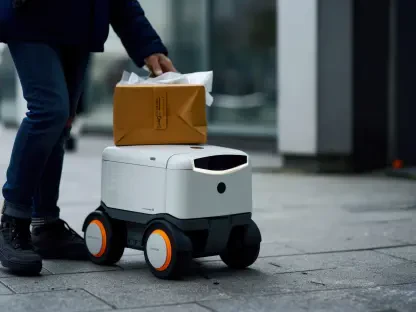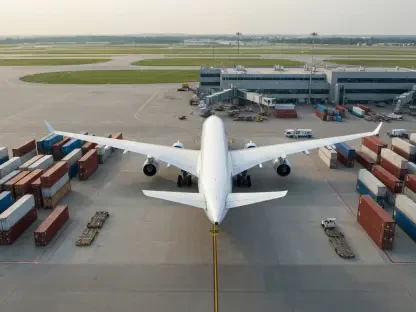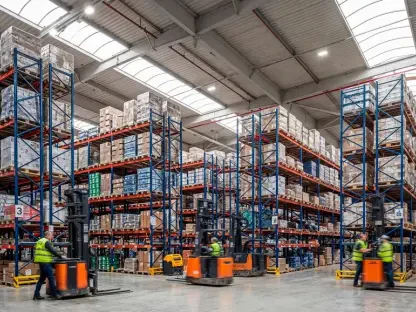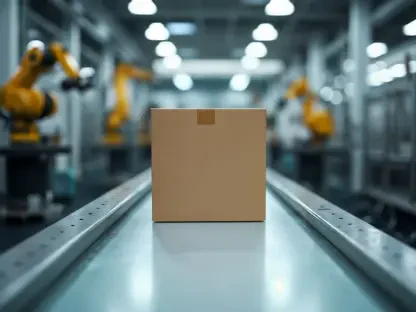The transition to digital shopping has significantly altered consumer expectations, especially regarding delivery services in retail. As these expectations evolve, retailers are compelled to embrace innovative approaches to meet the shifting demands effectively. This analysis delves into current trends, existing challenges, and future projections in the retail delivery market, offering strategic insights into adapting delivery services to align with consumer preferences.
Understanding the Demand for Enhanced Delivery Services
In the contemporary retail landscape, delivery services have become a pivotal element of the customer shopping experience. Historically, delivery was treated as a secondary consideration, but as e-commerce ascended, the importance of delivery timing and options came to the forefront. Consumers now expect more than just product quality; delivery speed, cost, and flexibility have become integral to their purchasing decisions. The increasing influence of delivery options on consumer behavior underscores the need for retailers to integrate delivery details earlier in the shopping process. Effective adaptation to these expectations can significantly enhance customer loyalty and brand competitiveness.
Examining Trends in Delivery Preferences and Technologies
Timing: A Crucial Factor in Consumer Decisions
Accurate timing of delivery options plays a vital role in influencing purchase decisions. Current data reveals a striking gap between consumer desires and retailer delivery practices. Many shoppers express a preference for delivery details early in the shopping journey, but a mere fraction of retailers incorporate this information at the appropriate stage. Bridging this gap involves integrating technology that enhances customer interaction, showcasing the necessity of aligning delivery strategies with consumer expectations for improved conversion rates.
Diverse Preferences Across Demographics
Consumer delivery choices are shaped by varying preferences for speed, cost, and flexibility. Younger demographics typically prioritize rapid delivery, valuing convenience, while older consumers often opt for cost-effective solutions like free shipping. Retailers that address this diversity by offering tailored delivery options can capture a broader audience. Such strategies require an understanding of demographic nuances and the capacity to adapt delivery systems accordingly, thus offering a competitive edge in the market.
Regional Influences and Technological Innovations
The complexity of delivery preferences is further amplified by regional disparities and technological advancements. Urban and rural differences in delivery needs necessitate varied approaches, with urban environments benefiting from innovations like same-day delivery and emerging technologies such as drone systems. Adopting these technologies can bridge regional gaps, although challenges in implementation persist. Successfully navigating these complexities positions retailers to better cater to a diverse customer base, leveraging technology to meet varied expectations.
Forecasting the Future of Retail Delivery
Projections indicate that retail delivery will continue to evolve, heavily influenced by technological advancements such as AI and machine learning. These innovations are expected to revolutionize logistics and personalize customer experiences further. Additionally, economic and regulatory changes will likely shape delivery practices, requiring strategic foresight from retailers. Future strategies will need to be customer-centric, with retailers who successfully implement advanced delivery solutions poised to not only meet but also exceed customer expectations.
Strategic Recommendations for Retailers
To bridge the current gaps in delivery expectations, retailers should implement a range of practical strategies. Leveraging management platforms can offer a personalized array of delivery options, enhancing customer engagement. Emphasizing transparency in delivery information presentation early in the shopping process can also boost conversion rates. Moreover, a flexible approach considering diverse customer demographics is essential. These measures can vastly improve operational efficiency and align with evolving consumer demands, effectively positioning retailers for continued success.
Reconsidering Retail Strategies for Future Growth
Key findings point to an ongoing shift in consumer behavior, driven heavily by delivery expectations. Acknowledging these insights can guide strategic adjustments necessary for retailers to maintain a competitive advantage. As market dynamics continue to change, the focus on integrating innovative delivery solutions and robust planning has remained instrumental in addressing shopper needs. Ultimately, a commitment to adaptability and consumer-focused strategies paves the way for sustained growth and success in the evolving retail sector.









